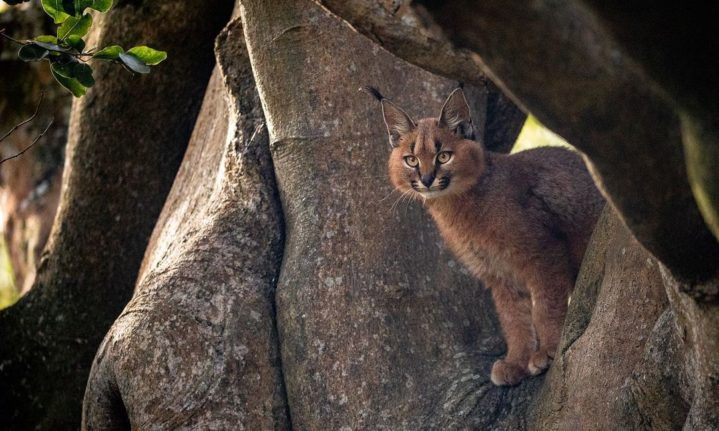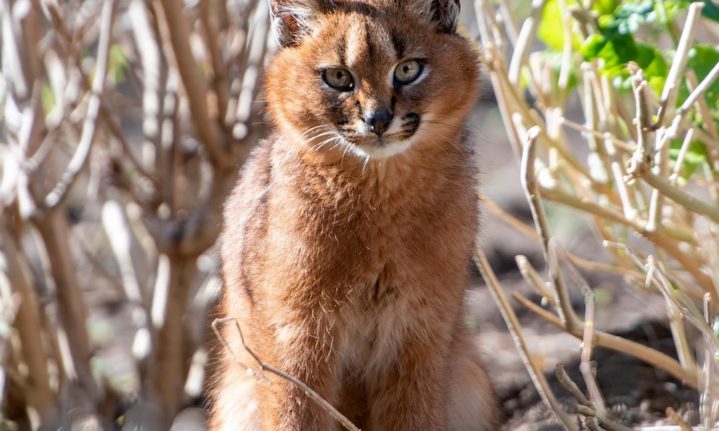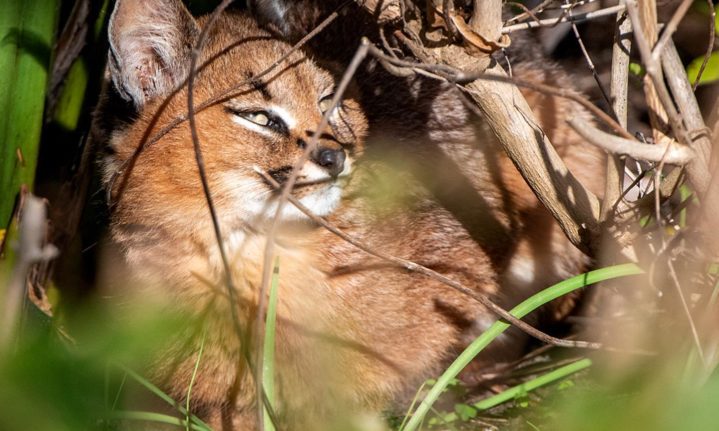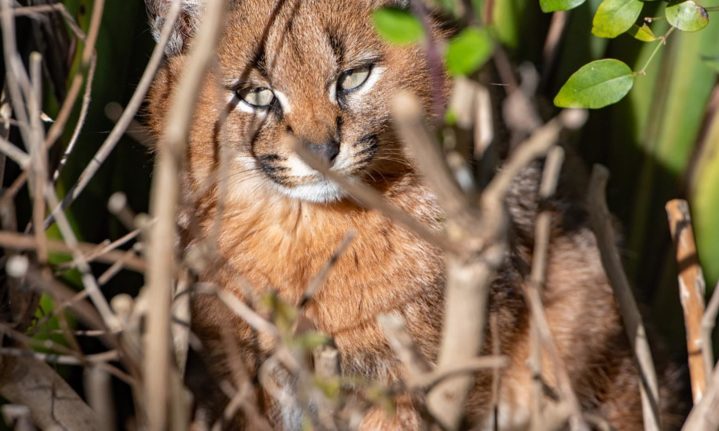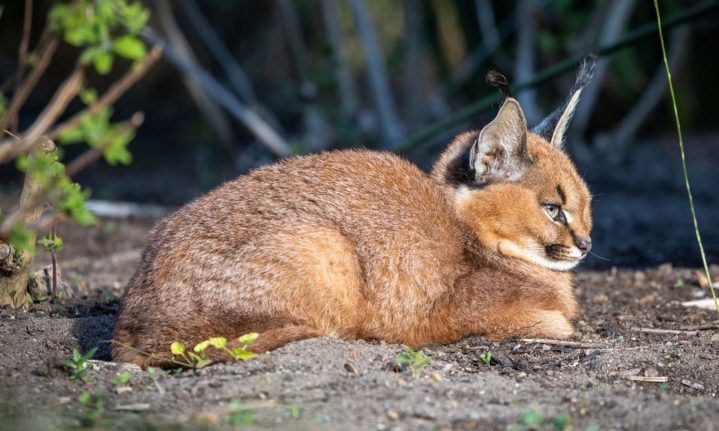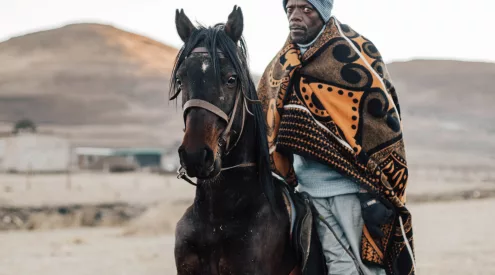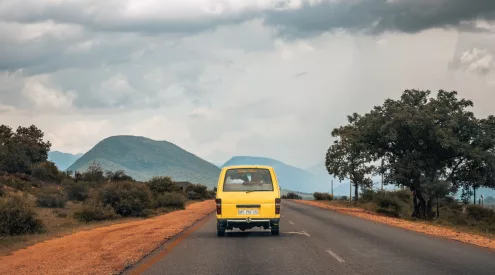Cape Town recently welcomed 2 new arrivals of its largest remaining predator, as two Caracal kittens were spotted in Kirstenbosch on Friday 17 September. Jenny Hishin was kind enough to share her photos of this sighting with us. News of the Caracal kittens also prompted our editor, Anton Crone, to head to Kirstenbosch with a long lens to capture Cape Town’s new arrivals.
The Cape Town metropolitan region, which includes the Table Mountain National Park, is a fragmented habitat for Caracals, with a likely population size of 48-64 caracals. With Cape Town’s rapid urbanisation, caracals are the city’s largest remaining indigenous predator, and it’s comforting to see kittens being born.
Even though the cats are proving to be resilient species, their habitat is especially fragmented, presenting a highly challenging environment with busy roads, barriers and persecution. With their habitat spilling over with ours, our pest control has adverse consequences for caracals, where rat poison builds up in the food chain, affecting caracals when they prey on rats.
For now, we are happy to welcome Cape Town’s newest arrivals, have a look at the kittens below.
An appeal to visitors wishing to see the caracals:
- Remain at a distance so as not to disturb the cats or get in the way of their movements.
- Do not walk on the flower beds.
- A pair of binoculars or a camera with a long lens is recommended.
- Photography on a phone or a small camera will not produce good results. Rather stand back and simply enjoy the sighting of this incredible species.
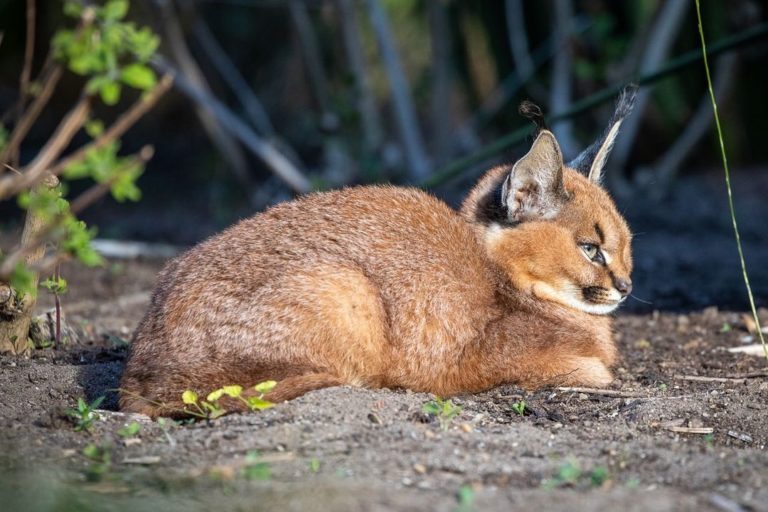
Picture: Anton Crone
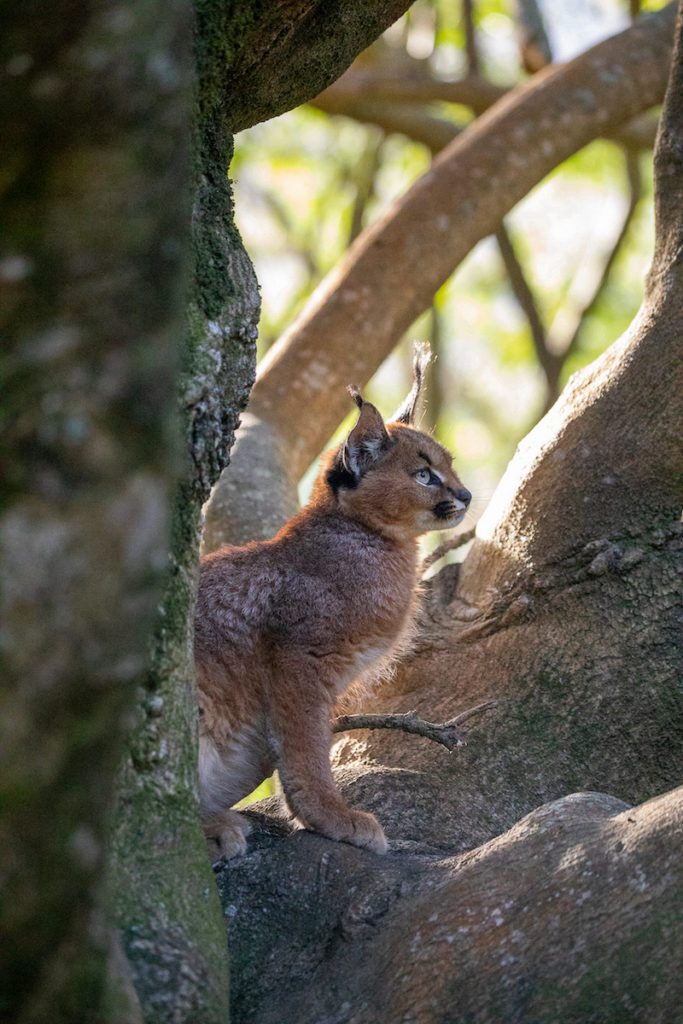
Picture: Anton Crone
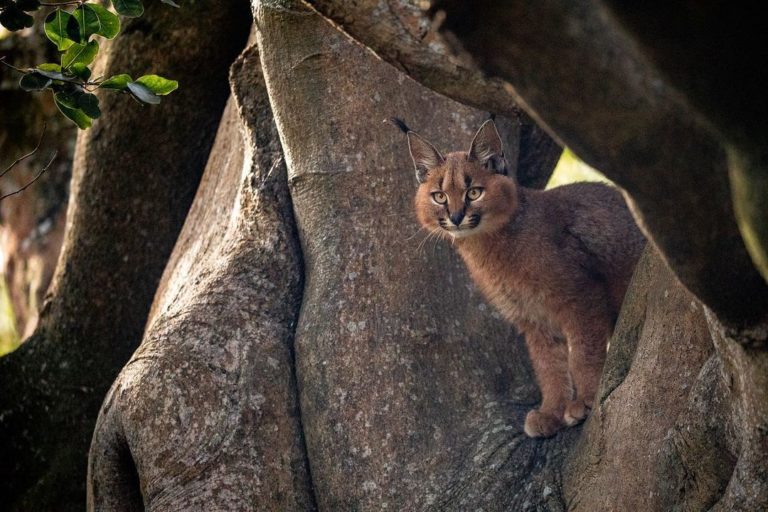
Picture: Anton Crone
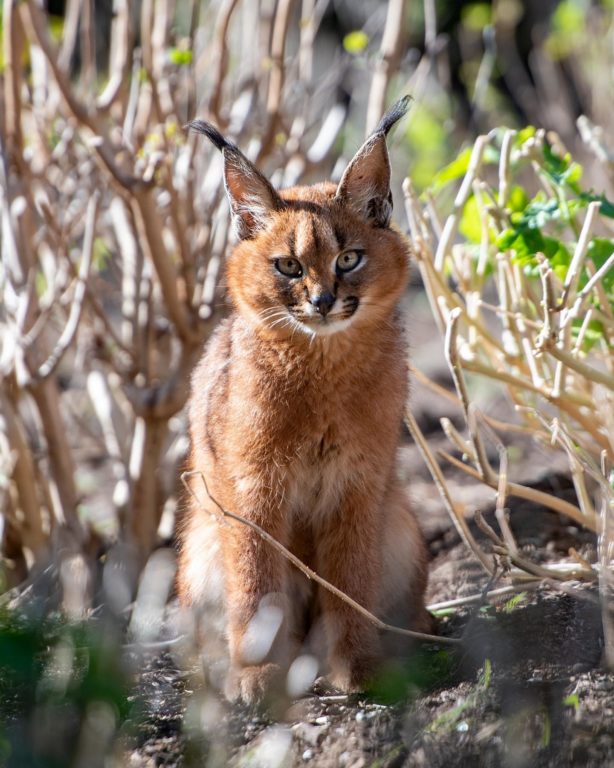
Picture: jenny_hishin_photojournalist
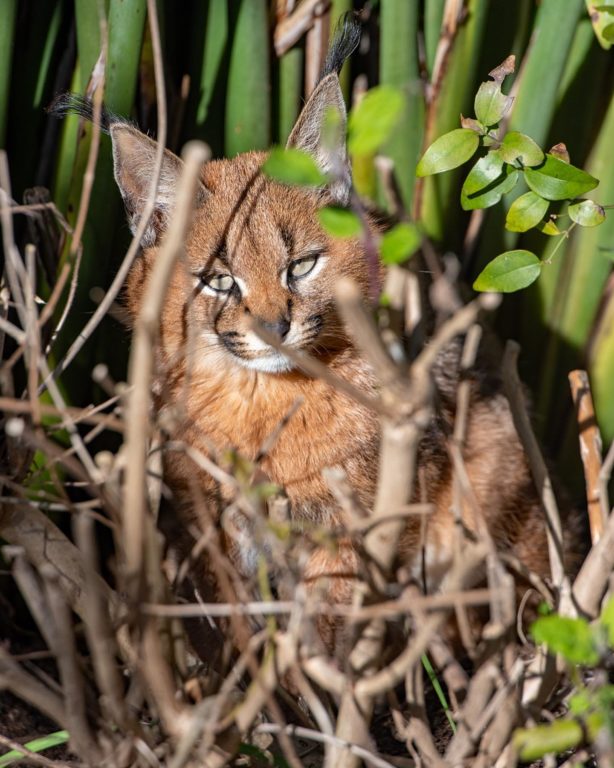
Picture: jenny_hishin_photojournalist
ALSO READ,
African wildcat leaps from tree to escape caracal in Kgalagadi









